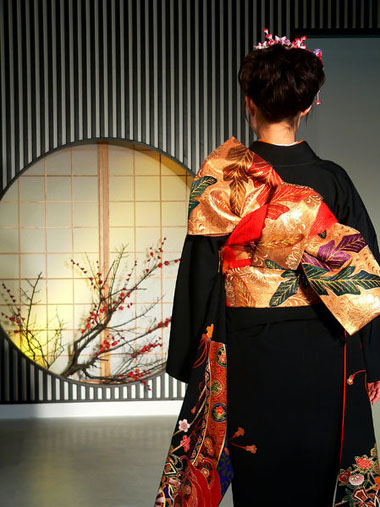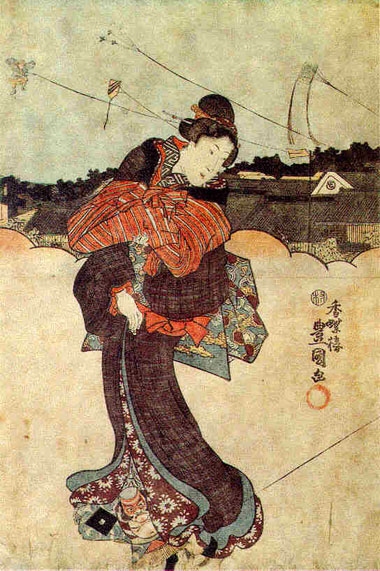Nihon jaia
Kimono Exhibition & Kitsuke Workshop
The kimono (着物) is a Japanese traditional garment worn by women, men and children. Traditionally, kimonos are sewn by hand, but even machine-made kimonos require substantial hand-stitching. Kimono fabrics are also frequently hand made and hand decorated. Over time there have been many variations in color, fabric and style, as well as accessories such as the obi. The kimono and obi are traditionally made of silk, silk brocade, silk crepes (such as chirimen) and satin weaves (such as rinzu). Modern kimonos are also widely available in less-expensive easy-care fabrics such as rayon, cotton sateen, cotton, polyester and other synthetic fibers. Silk is still considered the ideal fabric. There are many types of kimono for women. Choosing an appropriate type of kimono requires knowledge of the garment's symbolism and subtle social messages, reflecting the woman's age, marital status, and the level of formality of the occasion. In contrast to women's kimono, men's kimono outfits are far simpler, typically consisting of five pieces, not including footwear.
Activities in the Festival:
Kimono Exhibition (organized by Tarasu Association) & Kitsuke (着付け) workshop (how to put on traditional dress)
Master Eiko Kishi & Espacio Zen Contemporáneo
Bachelor and Master of Arts in Psychology, Master Eiko Kishi is a pioneer in the introduction of certain branches of Japanese culture in the Spanish state. She is one of the founders of the Spanish Association of Ikebana and Ikebana International Spain Castellana Chapter.
Contemporary Zen Space born in 1998 and develops artistic and spiritual disciplines related to the East culture. The center offers courses on Ikebana (Japanese flower arrangement) following the traditional style “Mishoryu”, the art of Tai-Chi or Feng Shui. This Association is the pioneer in introducing traditional Japanese arts in the Basque Country.
More information about the Kimono:

- Source: sth




